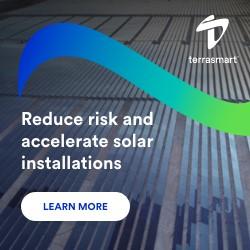It's Massive Yet Tiny
Off-Grid PV Systems
True Grid
Balance Of System Innovation "Clicks" for a Competitive Edge
Case Study - Solar LED Lighting
Case Study - Wind Energy for the Eagles
Cost of Solar Energy Continues Significant Decline
Largest Solar Power Plant In World Nears Completion In Abu Dhabi
New Solar Energy Technology Can Create Steam Without Even Having To Boil Water
Bloom privately reports $32 million Q3 loss.
GE Installs 20,000th Wind Turbine
Offshore Wind Energy Compliance - Recommended Practices
Harvesting Wind Power on the Second Floor
Why is vanadium important to the renewable energy sector?
Using Alternative Energy for International Rescue Operations
Records 3736 to 3750 of 5392
First | Previous | Next | Last
Featured Product

